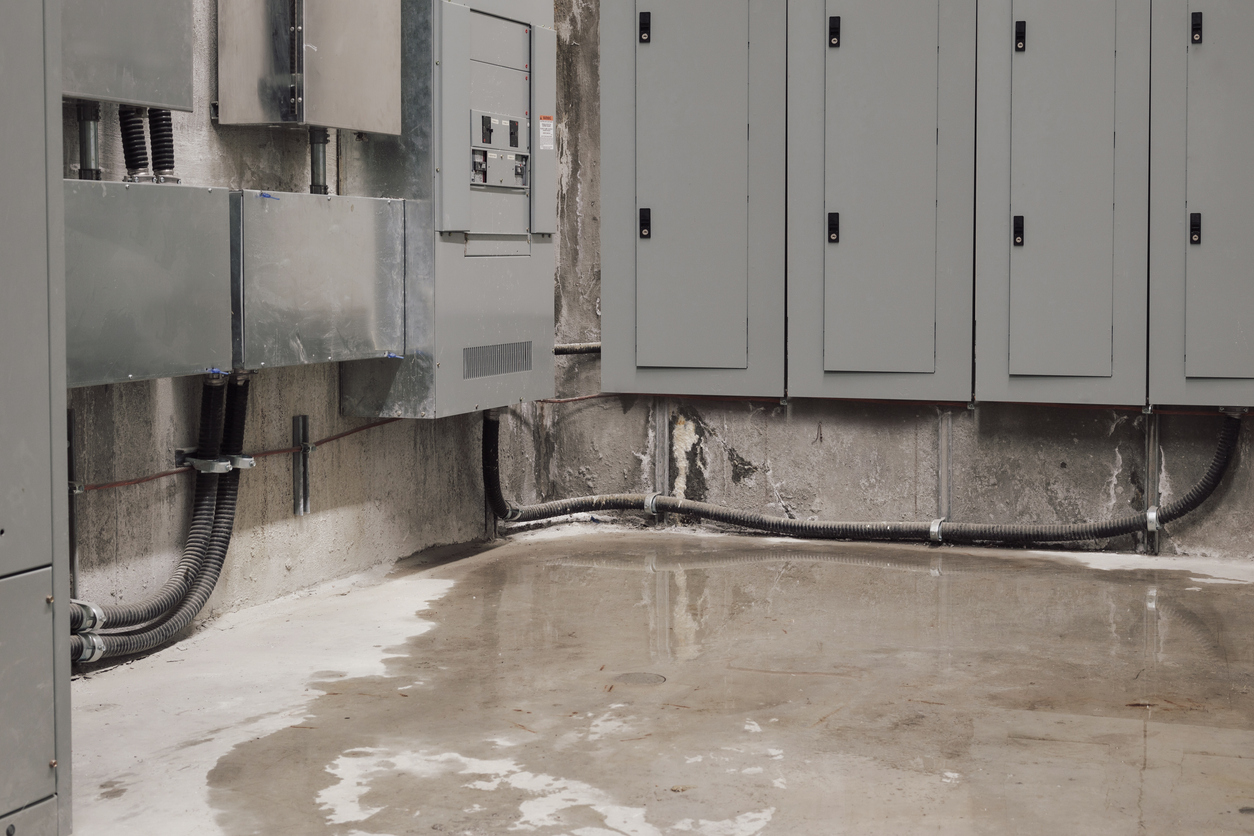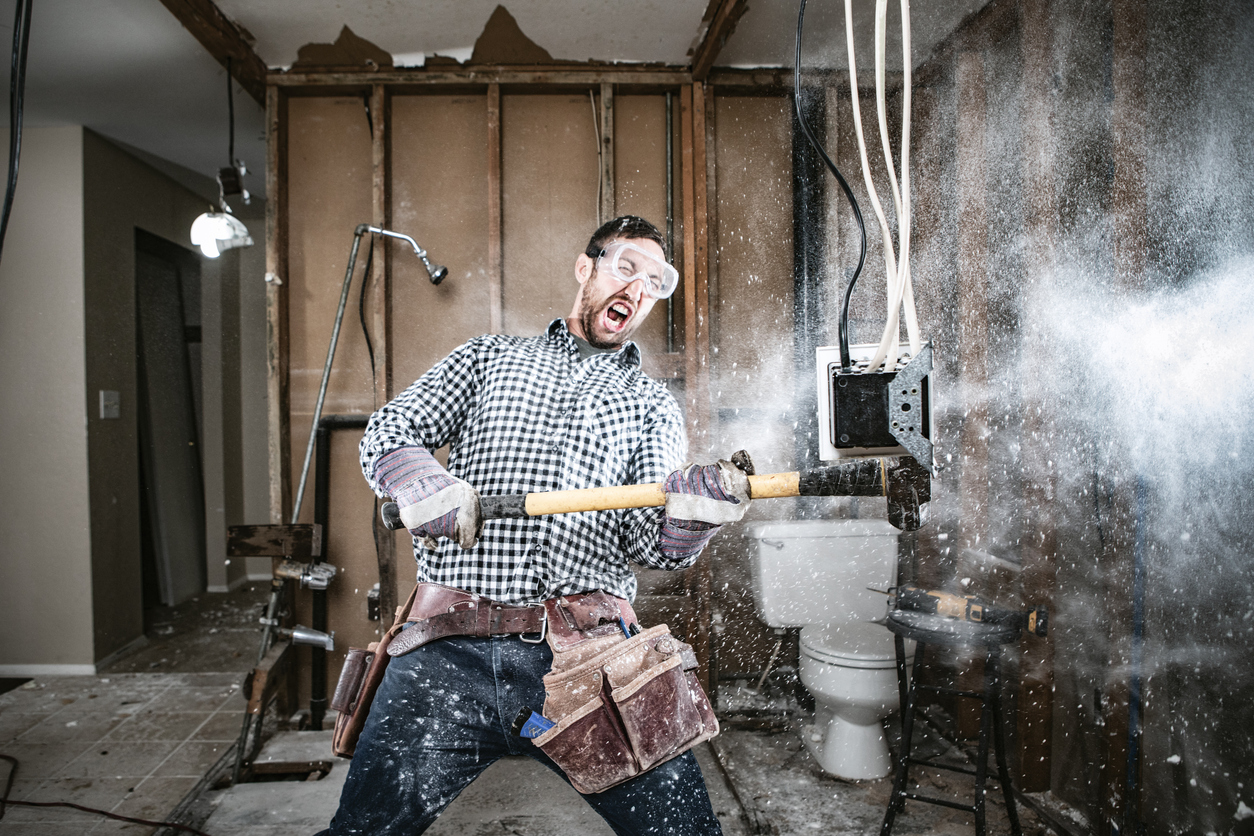
Reporter Jennie McKeon wrote an article (‘Blue Tarps’ Doc Shows The Aftermath of Hurricane Michael) about two filmmakers, Carrie Hunter and Austin Hermann, who recently released a significant documentary about Florida’s Panhandle following Hurricane Michael. I was struck by one quote from Carrie Hunter:
Literally every person we talked to said they felt forgotten . . . . This was one of the most powerful storms to hit and it hit some of the poorest and rural parts of Florida. Help and safety nets are not reaching everyone.
In yesterday’s post, Hurricane Michael and Irma Policyholders with Outstanding Claims Should Help Florida’s Insurance Commissioner Explaining The Mystery of Their Open Claims, I failed to note an additional reason insurance claims are currently opened. The reason was so so obvious and I simply failed to mention it until viewing the clips from this documentary. The laborers to do the construction have a huge housing problem. Just finding housing for those displaced was impossible. It was the same way following Hurricane Katrina along the Mississippi Gulf Coast and the same along the Bolivar Peninsula following Hurricane Ike. Accordingly, there is a lack of construction labor and the cost to hire and house that labor is a lot higher after the storm than before. Lack of contractors and higher prices cause insurance claims to remain open longer and promotes disputes about pricing. This is nothing new.
In 2008, I wrote It’s a Marathon about the similar experiences found in Hurricane Ike which are sadly similar to Hurricane Michael:
There is a certain amount of trauma and simple disbelief for those hardest struck by a hurricane. Many insurance adjusters are finally being taught to adjust claims with policyholders who, now or in the future, demonstrate emotional shock due to the effects of a hurricane. Many of my most stoic and “tough” clients immediately following natural disasters break down a year or two later when they think about exactly what happened to them.
Most of us try to put on the best face we can. However, having your home and all the memories in it vanish before your eyes is a very personal and somber experience for most–even my very high spirited and “can do” Texan brothers and sisters. Many are going through the cleaning process. Others are lucky enough to have started into repair.
One thing is for certain, it will not be fast enough for anybody. The second certainty is that the visual reminders of the devastation will remain for months. The blue tarp roofs will not be going away in the near future because there are simply not enough qualified roofers to properly fix the damage. For those in Galveston, months will turn into years, just as they did in New Orleans and Mississippi following Katrina.
So long as we keep reminding our leaders that the Florida Panhandle is as deserving as any part of Florida, there is progress and hope for those suffering from Hurricane Michael. Those concerned about this applaud the efforts of Jennie McKeon for reporting about this documentary and for the filmmakers of “Blue Tarps,” Carrie Hunter, and Austin Hermann.
Thought For The Day
Build on failure. You use it as a stepping stone. Close the door on the past. You don’t try to forget the mistakes, but you don’t dwell on it. You don’t let it have any of your energy, or any of your time, or any of your space.
—Johnny Cash



